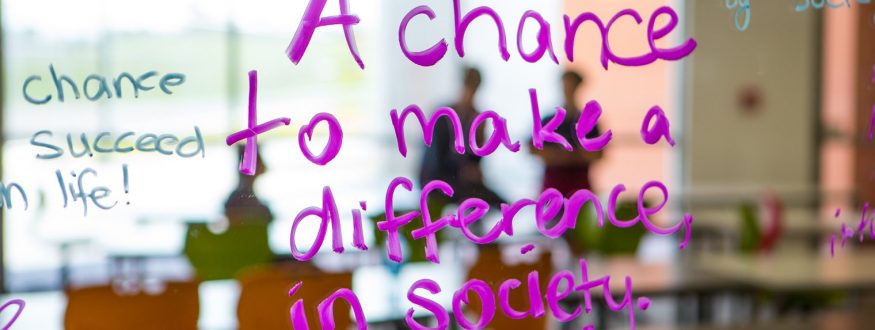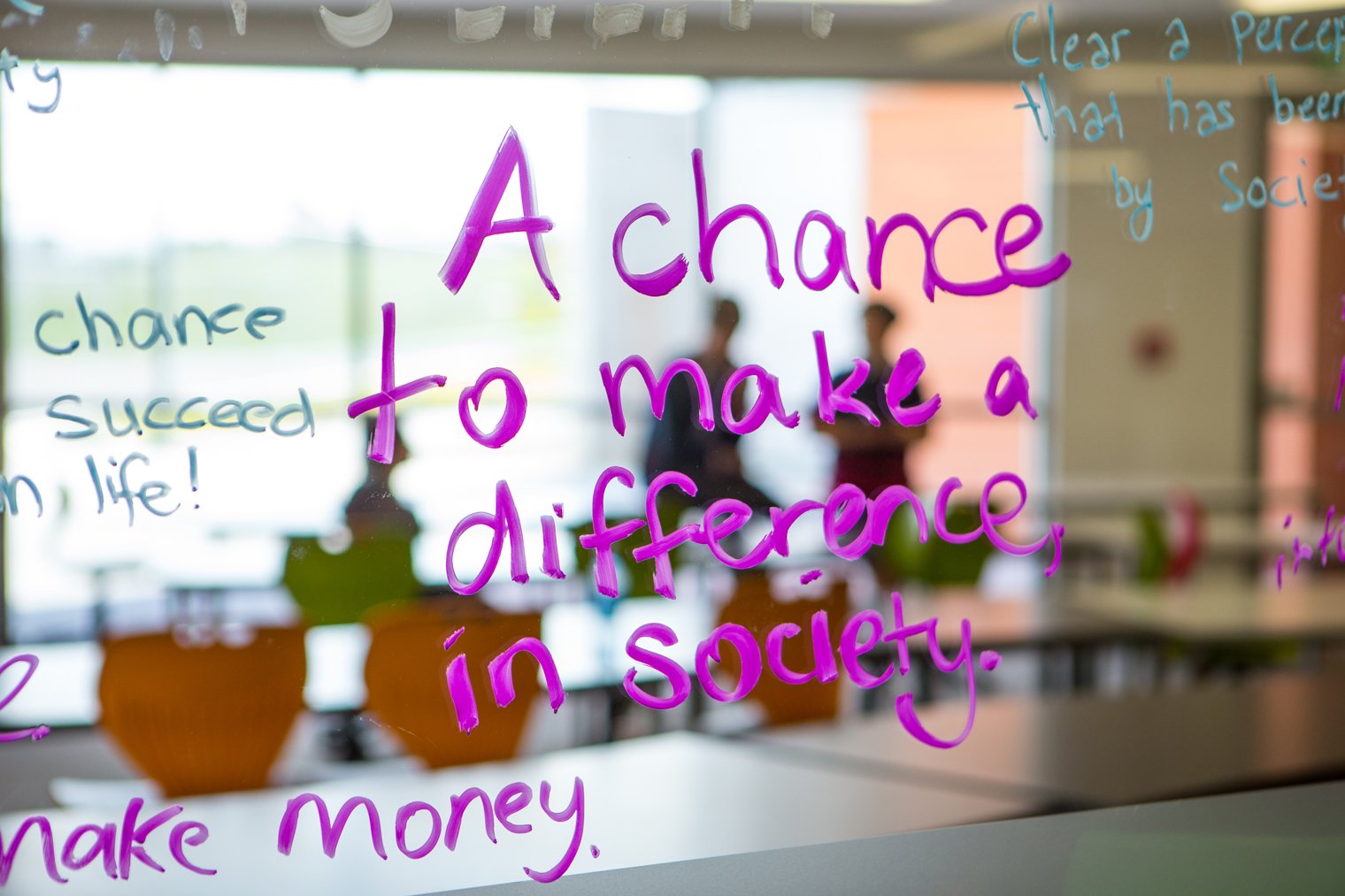Editor’s note: As part of our ongoing celebration of students and teachers, we’re highlighting leaders across the world to share how they’re creating more collaborative, engaging classrooms. Today’s guest author is Claire Amos, one of the keynote speakers from Education on Air, Google’s free online conference which took place in December 2016. Claire, deputy principal at Hobsonville Point Secondary School outside of Auckland, New Zealand, shares how schools can adopt project-based learning to encourage students to think about the connected world.
What do “Ender’s Game,” science, gamification and history have in common? At Hobsonville Point Secondary School, our English teacher and science teacher put their heads together to design a class around the future of gamification, looking at influences from literature and the study of war.
In an increasingly connected world, it’s important for students to understand how seemingly different topics converge so they can be prepared for future education and careers. One way to teach these connections is through project-based learning—blending topics to remove the silos that typically exist between different subjects. That was our goal when Hobsonville opened in 2014, and since then we’ve learned a lot. Here are four tips for schools interested in project-based learning for the connected era.
Encourage reflection on learning
Many students start the school day by visiting their homeroom, where teachers call roll and make school-wide announcements. But the first class of the day should be spent teaching students to reflect on what they’re learning. At Hobsonville, we take a “learning hub” approach to homeroom, in which students meet in small groups with a learning coach for the first class three times a week. During this time, students set goals, reflect on successes and challenges, organize their priorities and get the mentoring support they need. Just 10 or 15 minutes, a few times a week, helps students get a more holistic view of their education.
Work with other teachers
Your fellow teachers are your greatest asset—make sure you’re communicating and joining forces when you can. At Hobsonville, we combine two subjects and teach students skills across the disciplines. Last semester, a science and PE module explored the physics of skateboarding. In an English and art module, students designed the school magazine. If you don’t have the expertise from teachers to explore a creative topic, bring in a guest speaker.
Empower students to lead community-based projects
Every semester students at Hobsonville choose a theme—like sustainability or robotics—and work with community partners to solve a related problem or design a product that will help people. For example, one group of students set out to make walking to school safer by creating wearable technology that lights up when students hold hands in a chain. Tying projects to the community creates lasting connections with organizations and helps students see the impact of their work on the real world.
Partner with professionals to act as mentors
Every student should have a learning coach that guides them throughout their education. Invite alumni, professionals in the community and researchers to mentor your students and partner with them on projects. Students at Hobsonville have worked with a range of leaders including the founder and CEO of brain-sensing technology company Thought-Wired, a native food and beauty expert, and a young woman who is encouraging girls to pursue coding. It’s a win-win: These professionals mentor the students, and students help the professionals advance their businesses. Students not only learn how to apply their skills in the professional setting—they learn how to think beyond themselves.
It’s our job as educators to help students see the natural overlap between academic subjects, and to connect these lessons to everyday life. And through project-based learning and thinking creatively about lesson plans, we can make it happen.
Learn more by watching Claire’s recorded talk from Education on Air.

